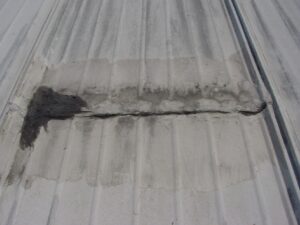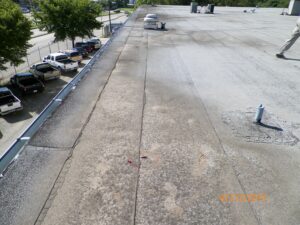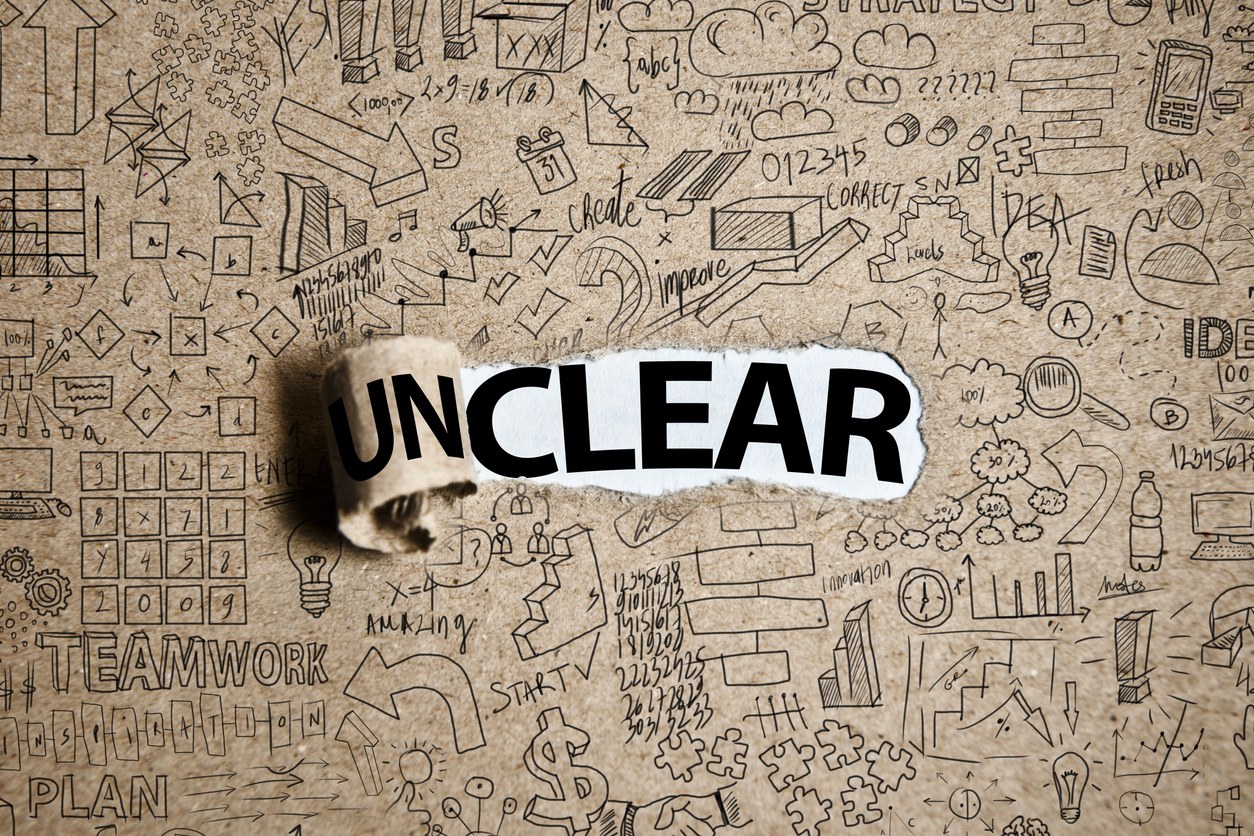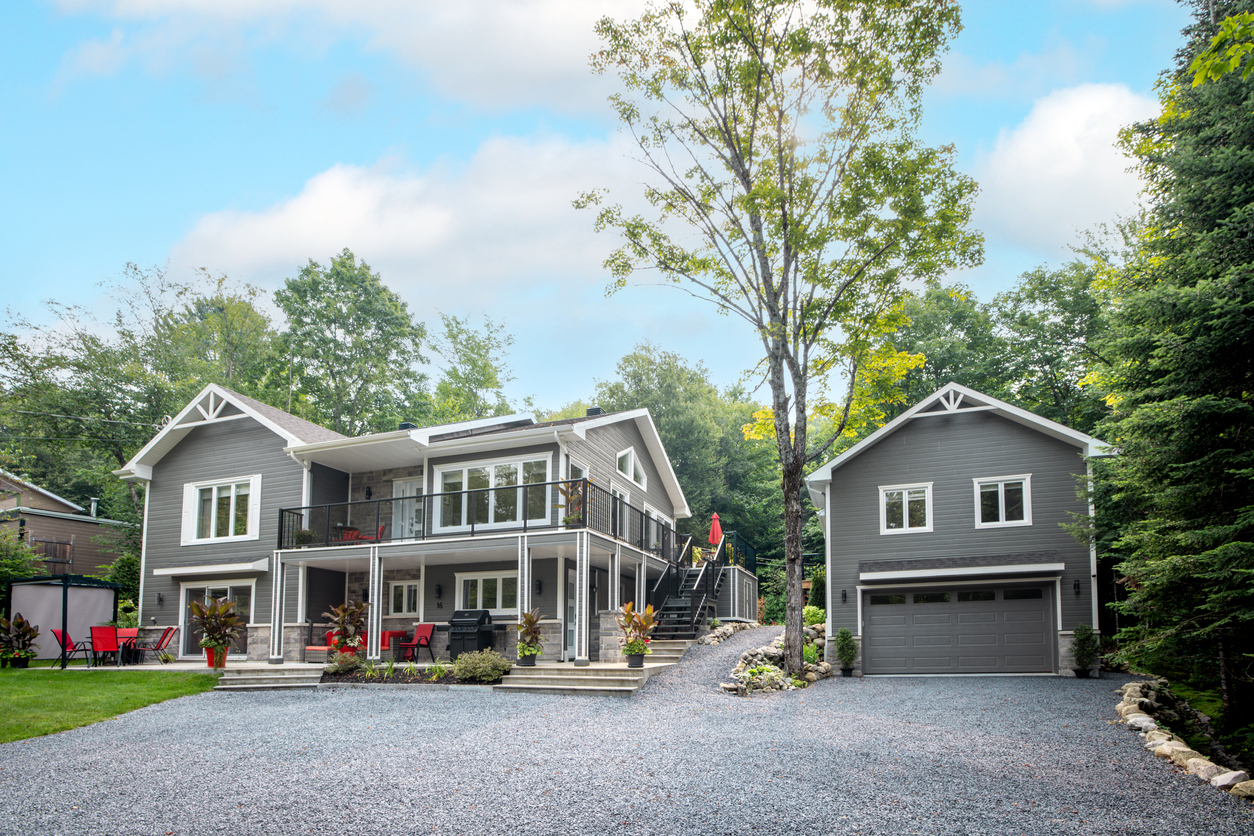Note: This guest blog is by Lewis O’Leary, who has served as both a forensic investigator and restoration contractor since Hurricane Camille (1969). He has a degree in the fields of Mechanical Engineering and Architecture, is the Chairman of the Education Committee for the Building Envelope Science Institute, and is a design/build, General Contractor licensed in North Carolina. Mr. O’Leary also serves as a staff consultant for engineering firms involved with wind damage from hurricanes and tornadoes. He can be contacted at 919-577-0907 or via e-mail at probuil@aol.com.
In researching the weather data for the June 14, 2017, hailstorm in the Midland/Odessa area, I shocked a veteran contractor who that works storm clean up by telling him that my research shows that wind typically causes more damage than hail.
Many professionals involved in assessing damage from hailstorms subscribe to hail reports. But it is important to remember that nearly all hailstorms are both wind and hail events. In this case, the National Weather Service data provides compelling evidence of wind speeds in the range of 70 – 78 mph, with one report of 100 mph in the Odessa area. Most professionals know that the prevailing wind rating for buildings is at least 90 mph. Most investigators would stop at this point, unless they see obvious damage such as a section of the roof peeled back, holes, or significant indentations created by large hail strikes. Older but still very serviceable roofs will commonly develop latent damage, such as partially failing seams, at about half of the uplift force needed to cause the same damage to a current code compliant roof. Examples of this are cited throughout the Enhanced Fujita Scale. For example,
Table 21 in the Enhanced Fujita Scale suggests that older metal buildings (built to a much earlier code) are projected to begin to reach the “Threshold of visible damages” (Degree of Damage – Level 1) at or about 54 mph, whereas metal buildings built to current codes are projected to begin at experience that same threshold at 83 mph. Using the formula, force equals mass times velocity squared, (F = MV2), 83 mph winds pack over double the force that would be experienced at 54 mph.
 The adjacent photo is a classic example of what to look for on a mental building. This building was designed to meet an early 1970s wind code. We determined that the building experienced low-level racking, whereby the framing survived with no obvious damage. However, upon close inspection, the building envelope and light gauge framing (purlins and sometime girts) continue to experience low level “sway”, because the winds from Hurricane Katrina pushed the main frame slightly past its elastic limit. Indicators of latent damage were widespread. In the case of this end lap, nearly four years before Katrina, the roof had been sprayed with an elastomeric coating. This resolved all leaks until Katrina hit. This photo was taken about 18 months after Katrina and it shows that the various versions of sealant had been applied since the hurricane and that the third application had already failed. Based upon the structure’s excessively bowed side laps, we checked the framing and found that many purlins had rolled over slightly and that much of the cable X bracing was slack. We then applied a three-axis level to the outside corners and found that the overall building had a westerly lean, which was consistent with Katrina’s wind direction as it passed over this structure.
The adjacent photo is a classic example of what to look for on a mental building. This building was designed to meet an early 1970s wind code. We determined that the building experienced low-level racking, whereby the framing survived with no obvious damage. However, upon close inspection, the building envelope and light gauge framing (purlins and sometime girts) continue to experience low level “sway”, because the winds from Hurricane Katrina pushed the main frame slightly past its elastic limit. Indicators of latent damage were widespread. In the case of this end lap, nearly four years before Katrina, the roof had been sprayed with an elastomeric coating. This resolved all leaks until Katrina hit. This photo was taken about 18 months after Katrina and it shows that the various versions of sealant had been applied since the hurricane and that the third application had already failed. Based upon the structure’s excessively bowed side laps, we checked the framing and found that many purlins had rolled over slightly and that much of the cable X bracing was slack. We then applied a three-axis level to the outside corners and found that the overall building had a westerly lean, which was consistent with Katrina’s wind direction as it passed over this structure.
Some older but still very serviceable commercial flat roofs are projected to begin to reach the same threshold for visible damages at or around 55 mph. Because of topographical considerations, localized acceleration can cause a 40 mph free stream wind velocity can accelerate to 55 mph.
 In the case of the adjacent lower picture, we found the suspect areas with the FLIR camera, swept these areas with a Tramex Moisture Meter, and preformed core cuts to verify moisture levels in the immediate area of the highest readings. The origin of each leak was not obvious. Because this roof was a Mod Bit mop down, with significant variance in the adhesive that goes beyond the edge of the membrane and because this run out seemed thin and had separated from the face of the overlapped roll, we looked for side laps that had no run out and probed the lap in those areas to determine the current integrity of the bond.
In the case of the adjacent lower picture, we found the suspect areas with the FLIR camera, swept these areas with a Tramex Moisture Meter, and preformed core cuts to verify moisture levels in the immediate area of the highest readings. The origin of each leak was not obvious. Because this roof was a Mod Bit mop down, with significant variance in the adhesive that goes beyond the edge of the membrane and because this run out seemed thin and had separated from the face of the overlapped roll, we looked for side laps that had no run out and probed the lap in those areas to determine the current integrity of the bond.
The probe can enter an area where the adhesive did not come all the way out to the edge and appears thin. The lap itself is 3 inches across and the probe went in all the way to the hilt. In area where the probe went in all the way to the hilt, there was a significant amount of wetness. Only a tiny percentage of professionals in the roofing industry know how to spot these potential problem areas and how to define the as is integrity of the bond at the lap at that location.
When there is inadequate adhesion of the mod bit to its substrate, the membrane will begin localized ballooning. If a lap is in the ballooned area, it will stress these older but functioning laps. Left unrepaired, the leaks will create enough vapor pressure to overcome virtually all of the adhesion, bonding the mod bit down to its substrate, at which point you have the perfect recipe for a major seam failure.
The bottom line is that the average contractor, engineer, adjuster, or consultant must learn to recognize latent damage and how to approximate the age of the damage. I learned about latent damage investigations through training by roofing product manufacturers and experienced roofers. I cannot speak for other organizations, but I have not been able to find such training in one place. Therefore, I developed Building Envelope Consultant, Level 4 – Roofs certification, which will be offered by the Building Envelope Science Institute in 2018.



